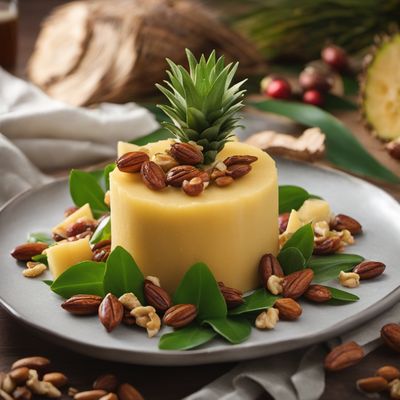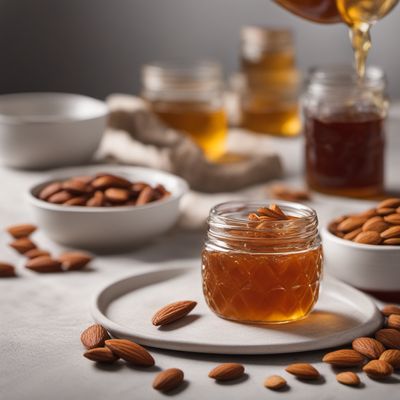
Dish
Mató de Pedralbes
Mató cheese dessert
Mató de Pedralbes is made with cow's milk, rennet, and salt. The milk is heated and the rennet is added to curdle the milk. The curds are then drained and pressed to form the cheese. This dessert is mild and creamy with a slightly tangy flavor.
Origins and history
Mató de Pedralbes originated in the Pedralbes neighborhood of Barcelona, Spain and has been a traditional dessert in the region for centuries. It is often served during special occasions such as weddings and holidays.
Dietary considerations
Mató de Pedralbes is suitable for vegetarians and is low in fat and calories. It is also high in protein and calcium. However, it may not be suitable for individuals who are lactose intolerant.
Variations
Variations of Mató de Pedralbes include adding different herbs or spices to the cheese. Some recipes also call for using goat's milk instead of cow's milk for a tangier flavor. Another variation is to mix the cheese with sugar and lemon zest to make a sweet spread.
Presentation and garnishing
When making Mató de Pedralbes, be sure to use fresh milk and high-quality rennet for the best flavor. Allow the cheese to drain for at least 2 hours before serving for the best texture. To garnish, sprinkle fresh herbs such as thyme or rosemary on top of the cheese.
Tips & Tricks
To make a sweeter version of Mató de Pedralbes, mix the cheese with sugar and lemon zest to make a spread. This can be served on toast or used as a filling for pastries.
Side-dishes
Mató de Pedralbes can be served with honey, fresh fruit, or a drizzle of olive oil. It is also delicious with a slice of crusty bread or a glass of white wine.
Drink pairings
Mató de Pedralbes pairs well with a glass of cava, a sparkling wine from Catalonia. It can also be served with a glass of white wine such as Riesling or Sauvignon Blanc.
Delicious Mató de Pedralbes recipes
More dishes from this category... Browse all »

Arsumà
Italian cuisine

Atolillo
Mexican cuisine

Baba-de-moça
Brazilian cuisine

Bavarian Cream
German cuisine

Crema Catalana
Spanish cuisine

Crème brûlée
French cuisine

Crème caramel
French cuisine

Herrencreme
German cuisine
More cuisines from this region... Browse all »
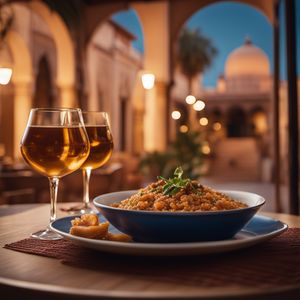
Andalusian cuisine
Bold, Spicy, Savory, Tangy, Sweet
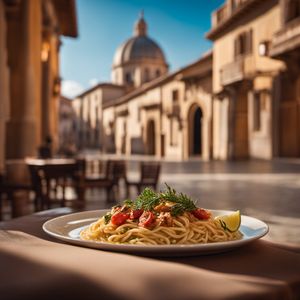
Aragonese cuisine
Hearty, Rustic, Savory, Earthy, Aromatic

Asturian cuisine
Hearty, Savory, Flavorful, Smoky, Tangy

Balearic cuisine
Fresh, Light, Savory, Aromatic
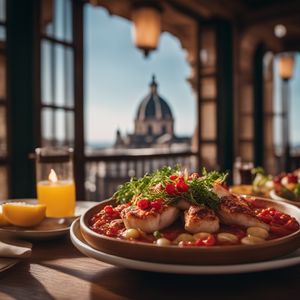
Basque cuisine
Bold, Savory, Spicy, Aromatic

Canarian cuisine
Fresh, Light, Savory, Aromatic

Cantabrian cuisine
Salty, Briny, Fresh, Earthy, Smoky

Castilian-Leonese cuisine
Hearty, Savory, Smoky, Spicy
